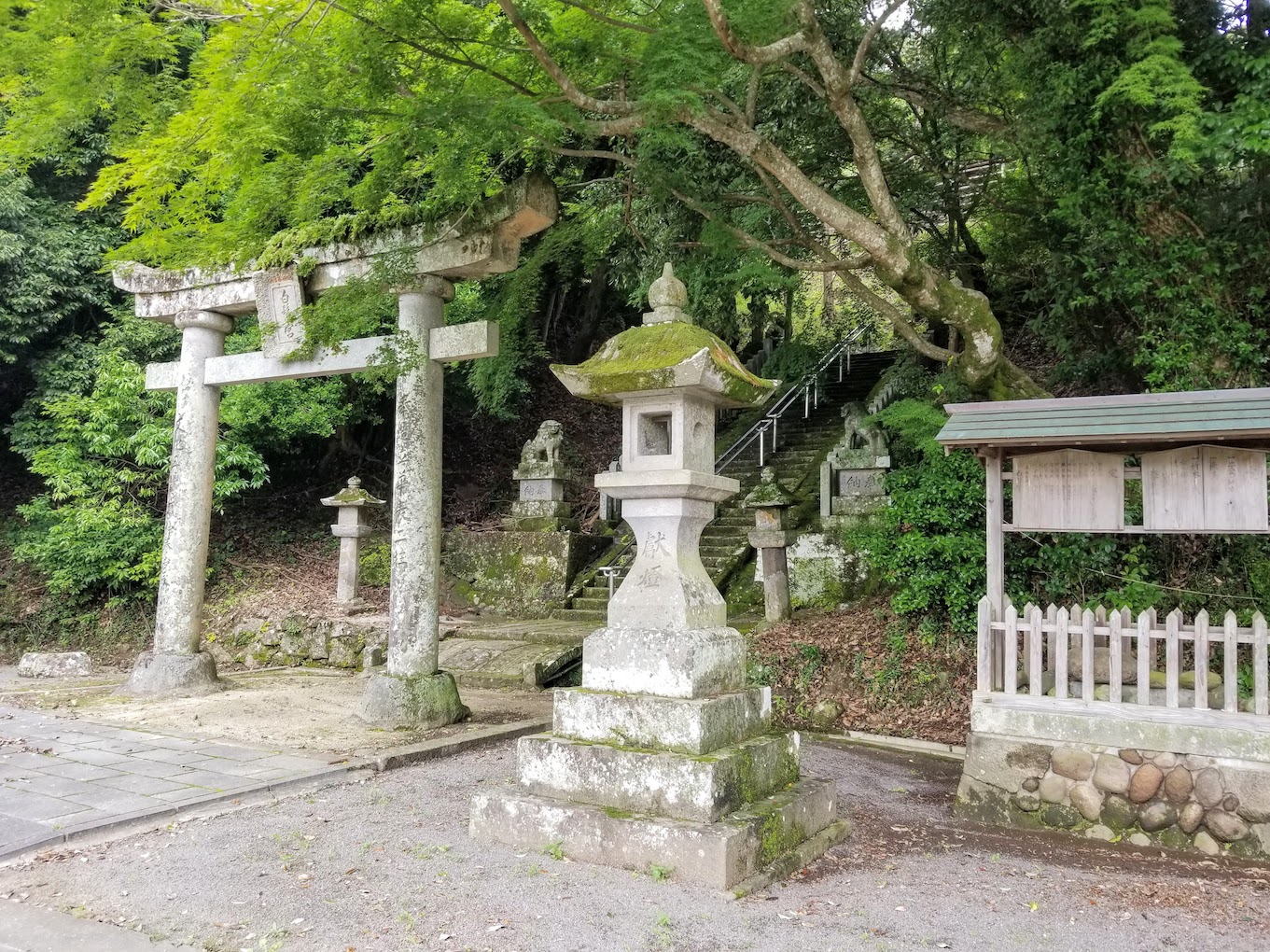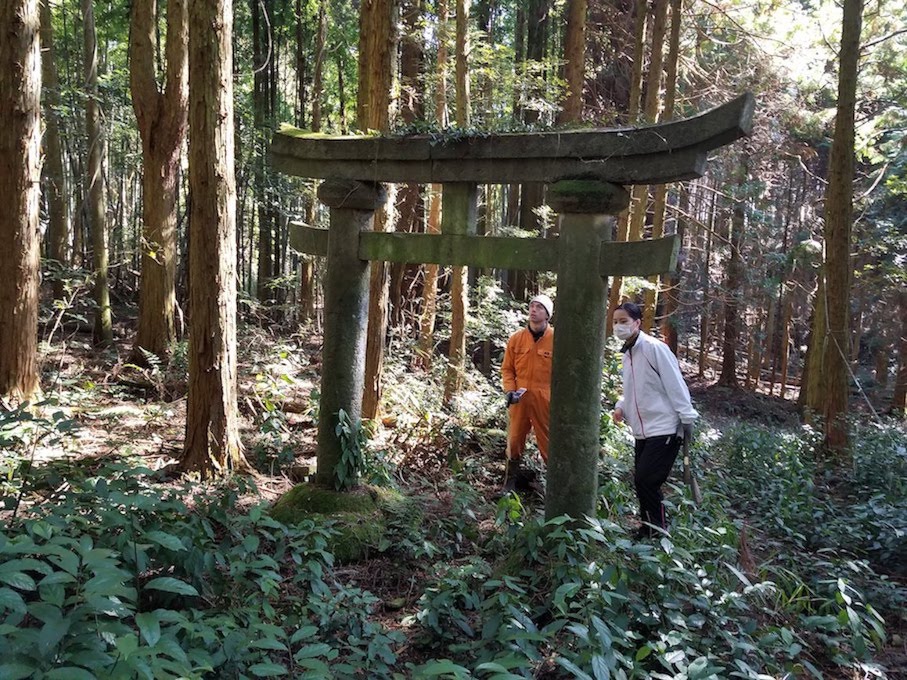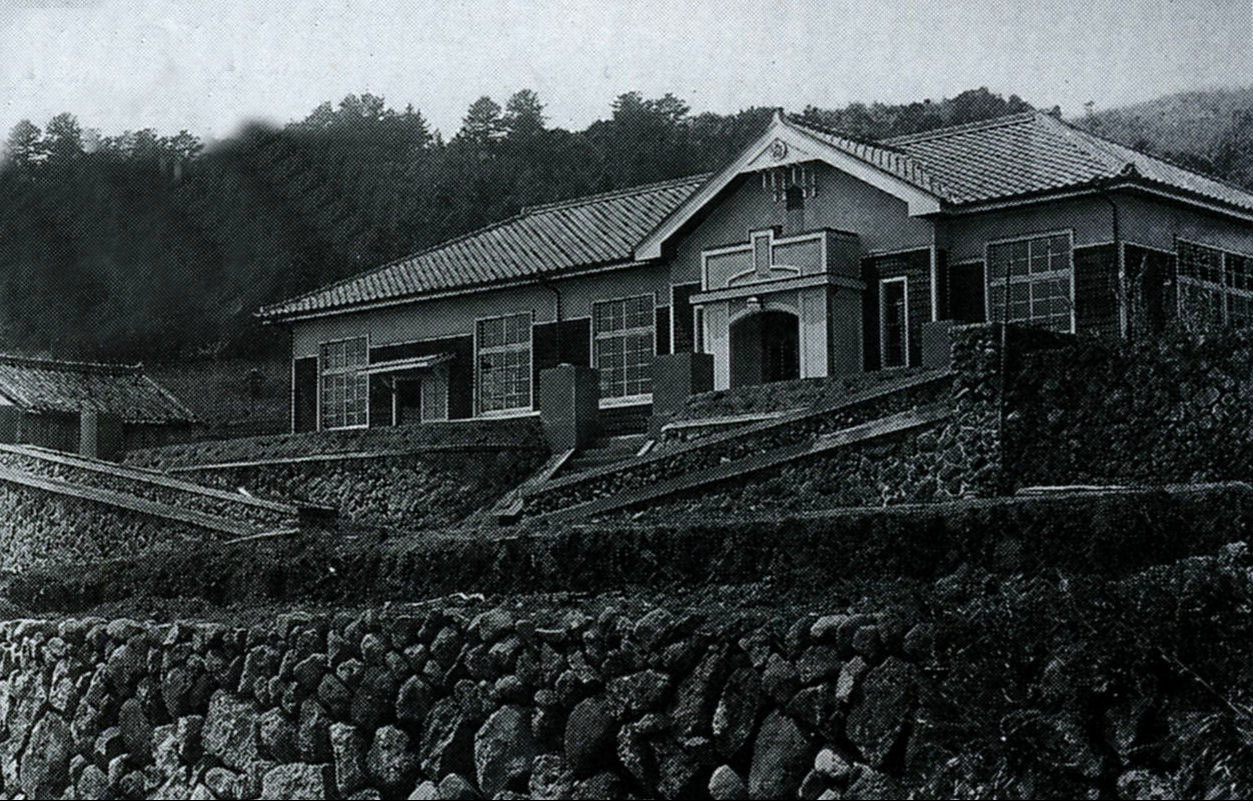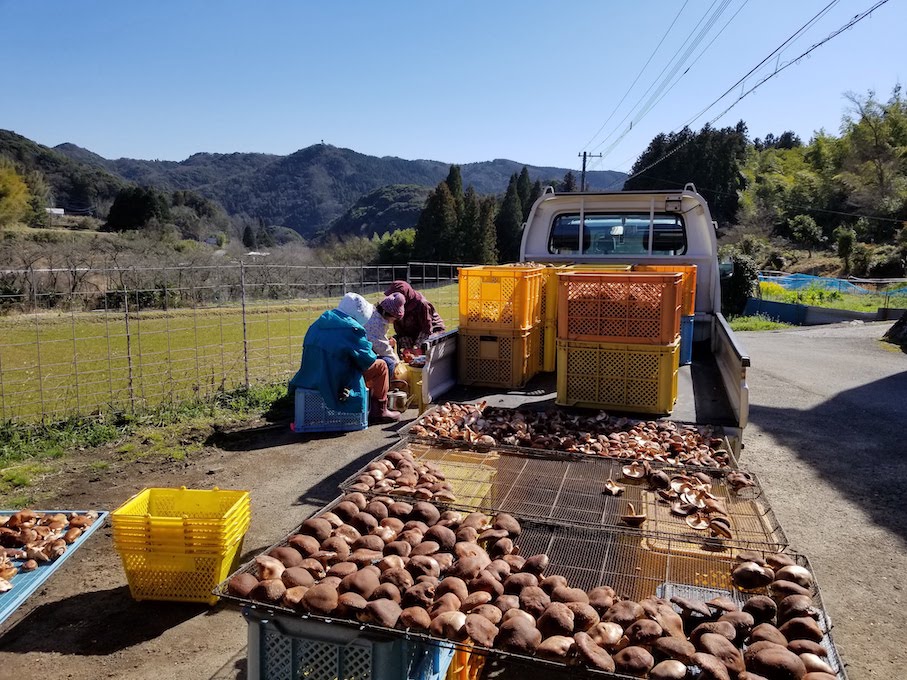History and Culture

a
History
The Kunisaki Peninsula, home to Ota Village, is characterised by its volcanic landscape known as the 'twenty-eight valleys', radiating out from the highest central peak of Mount Futago towards the surrounding sea. Within these valleys people began to settle, farming the land and expanding their villages to form the 'Rokugo', or Six Settlements, of the peninsula. Eventually Usa Jingu was established and most of the peninsula and its villages fell within the territory of the Shrine.
Ota was no exception and in 1057, along with 59 other towns in an area known as Tahara Beppu covering 59 Hectares, it was brought into Usa Shrine's territory by Suekane Kino.
During the Kamakura period, in 1213 Yasuhiro Tahara gained control of the area and the rule was transferred from Usa Shrine to the Kamakura Samurai forces. After a lengthy reign, the Tahara family was destroyed in a clash with the Otomo family, ending their rule in 1580.
Oita Village's cultural heritage is heavily influenced by the rule of both Usa Jingu and the Tahara family. The spirit of the resident god of Usa Jingu was divided with the Tahara Wakamiya Hachimangu Shrine in Ota Village, where part of the spirit resides as an enshrined deity; a powerful representation of the relationship between the two shrines. Elsewhere in Ota village, in dedication to the Tahara family, the local people built the Meisatsu Hoda-Ji Buddhist temple, influenced by Zen buddhism which was encouraged during the Samurai rule of Japan. Close by, representing the local culture of multi-faith worship, sits the Shirahige-Tahara Shinto Shrine, famed for its Doboroku festival. During the festival guests and locals alike enjoy fresh doboroku, an unrefined sake, as a libation to the resident Shinto gods.

1872
Due to various changes following the abolition of the Han system and introduction of the prefectural system of the Meiji Era, Villages were divided and named based on the local area; Matamizu, Hadakata, Shirakihara, Ono, Kutsukake, Nagamatsu, Ishimaru.
1878
Government policy determined that Japan be divided into counties for local governance. The villages above were grouped into the Nishikunisaki District with the county office in Bungotakada City.
1889
During the Meiji period, the great merging of towns and cities resulted in Ono, Nagamatsu, Katsukake and Ishimaru becoming Tawara village, whilst Matamizu and Shirakihara became Asada Village.
The Image on the right shows the old Tawara Office.
1954
During the Showa period, another merging of towns and cities resulted in Asada and Tawara becoming Ota Village.
2005
Finally, Kitsuki City and Yamaka Town merged, and Ota Village became a part of Kitsuki City during the Heisei Merger.

Globally Important Agricultural Heritage Systems, or GIAHS, are certified by the Food and Agriculture Organization of the United Nations (FAO) in order to safeguard unique systems of human communities in the context of their interactions with the landscape and environment. 11 such systems in Japan have been registered as GIAHS including the Kunisaki Peninsula.
In 2013 the Kunisaki Peninsula Usa Integrated Forestry, Agriculture and Fisheries System was registered as a GIAHS. Below we describe several aspects seen throughout Ota that we can relate to the GIAHS, which are maintained by the local community and essential to livelihoods.
・Food and Livelihood Security
Commonly found in Ota, the Sawtooth Oak provides sustainable and nutrient rich Shiitake cultivation material. Sawtooth Oaks are cut and used for 3 to 4 years, repeatedly supplying nutrition to the Shiitake mushrooms with the forests able to regenerate within 15 years.
Ota has naturally poor irrigation and porous volcanic soil, which led to the creation of linked ponds, reservoirs, waterways and forests as a way to conserve and distribute water for agriculture. For example, the Ishudani reservoir, encircled by Sawtooth Oak, along with its subterranean groundwater storage are used to maintain stable rice prodution.
・Culture, Value Systems and Social Organisations.
For over 1300 years the Doburoku Festival has been held at the Shirahige-Tahara Shrine to celebrate the harvest. The festival began in 710 A.D. and is celebrated yearly on the 17th and 18th October with newly brewed, unrefined Sake served in traditional sakazuke shallow bowls.
Every year in Autumn the Toya Festival is held at the Tahara Wakamiya Hachiman Shrine. The festival begins with 'Ohaketate', in which the Shimenawa (braided rope found in sacred Shinto places) is hung, followed by offerings of glutenous rice and sake to the deity.
・Landscapes and Water Resource Management
Systems of constructed irrigation ponds resulting from naturally poor water sources can be seen throughout Ota. Local people maintain the irrigation systems and benefit from the water flow through their rice paddies.
・Biodiversity
The critically endangered Oita Salamander and vulnerable Young Horshoe Crab have been found in Ota.
For more information see the GIAHS website here


